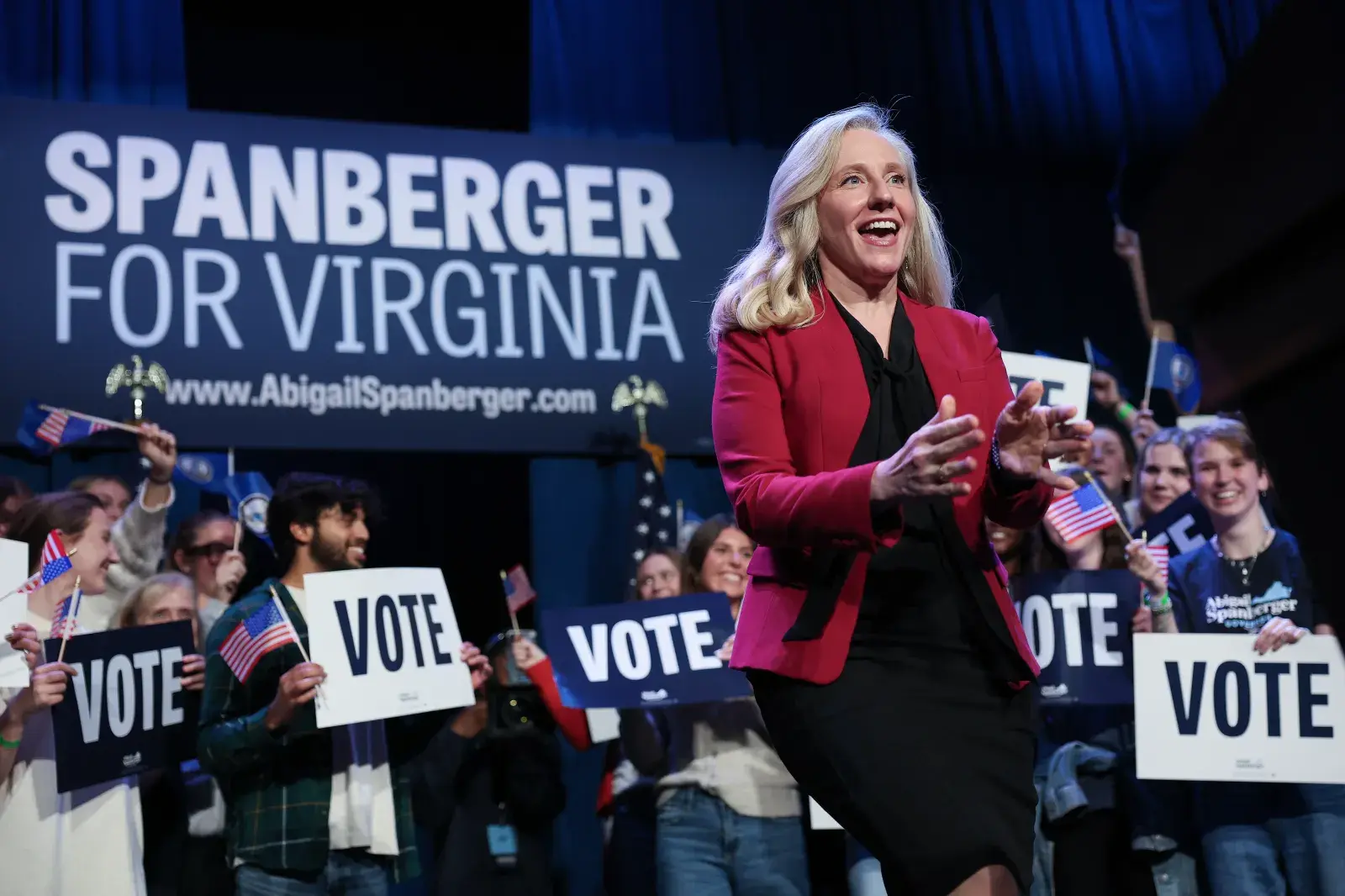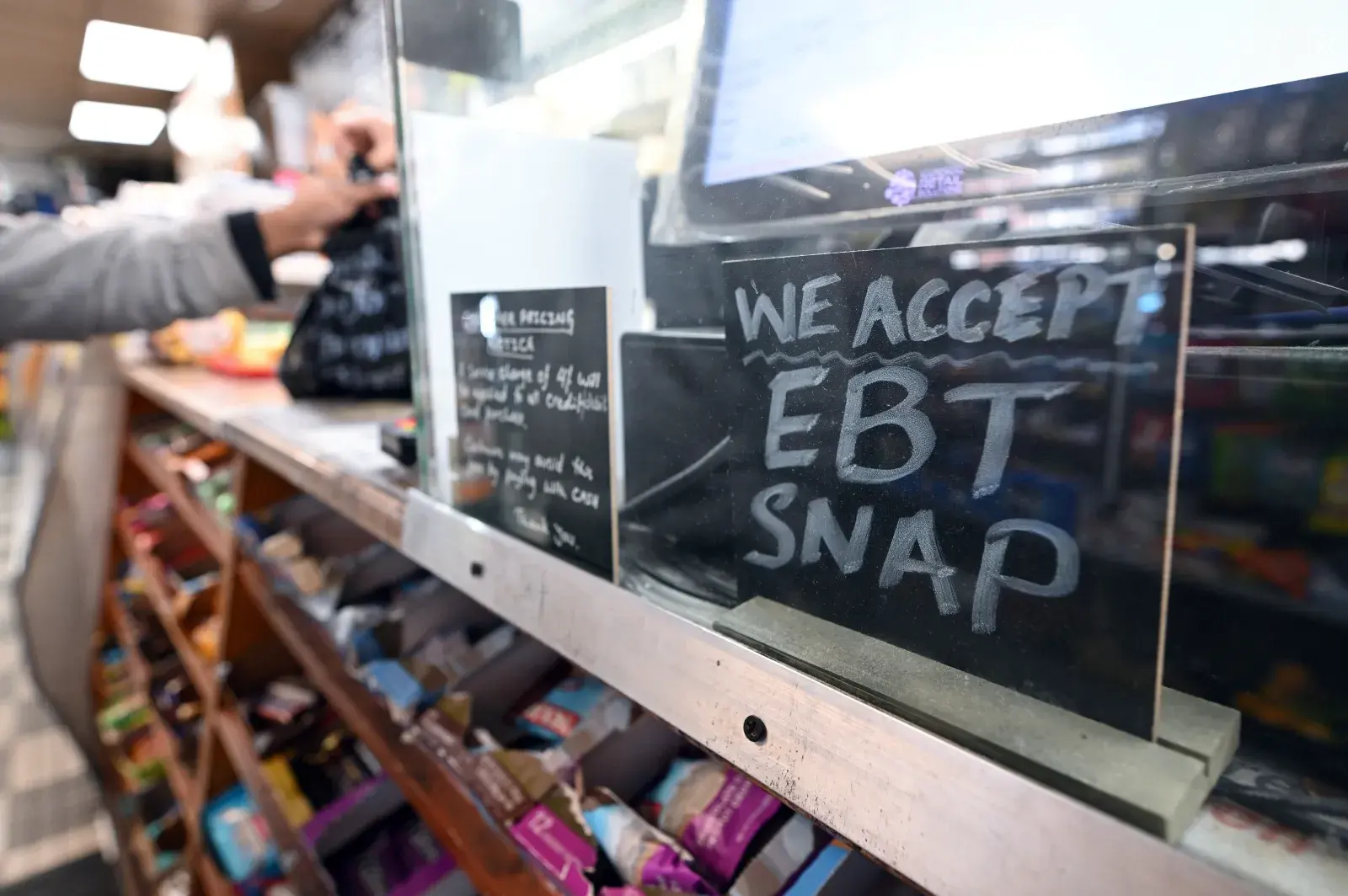A federal program designed to help public service workers erase student debt is facing a growing backlog, with little sign of relief.
Last week, a Department of Education court filing showed that the queue for the Public Service Loan Forgiveness (PSLF) Buyback program had continued to swell in recent months, even as the agency processed applications.
The program allows borrowers to make a lump-sum payment so that periods of deferment or forbearance—when loan payments are temporarily paused—count toward the 10 years of qualifying payments required for Public Service Loan Forgiveness. The program is designed to ensure that nonpayment periods are counted toward loan forgiveness.
Newsweek has contacted the Department for Education for comment via email.
Why It Matters
Over the past year, tens of thousands of borrowers caught in SAVE plan forbearance have turned to PSLF Buyback for relief. The program has become especially critical as about 8 million Americans have been barred from making student loan payments following a court injunction that temporarily halted the SAVE plan because of a Republican-led legal challenge.
Because time spent in forbearance under SAVE does not count toward loan forgiveness, many borrowers who have already completed years of qualifying public service find themselves in uncertainty. PSLF Buyback was created to bridge that gap, particularly for those approaching the end of their 10-year repayment timeline.

The Growing Backlog
Even as some applications are processed, the department has struggled to keep up with demand. In its first filing on PSLF Buyback earlier this year, part of an interim agreement to provide monthly updates following a legal challenge over income-driven repayment plan delays, the department reported that it had processed 1,472 applications in April—with 49,318 still in the queue.
In May, the number of pending requests grew to 58,761, while 3,312 requests were processed. At the end of June, there were 65,448 pending requests, with 2,224 given a decision that month. In July, the backlog grew further to 72,730, with 3,280 requests being processed. Overall, there has been a 47 percent increase in the number of requests between April and July.
There is also a backlog for applications for income-driven repayment plans as many borrowers in SAVE forbearance have sought to switch into other plans to continue making progress toward loan forgiveness. The Trump administration increased pressure on borrowers to change plans after resuming interest charges earlier this month for those enrolled in SAVE.
"The Department urges all borrowers in the SAVE Plan to quickly transition to a legally compliant repayment plan—such as the Income-Based Repayment Plan," Secretary of Education Linda McMahon said in a statement in July. "Borrowers in SAVE cannot access important loan benefits and cannot make progress toward loan discharge programs authorized by Congress."
A major obstacle for borrowers is that switching repayment plans is not a quick process. The Department of Education is dealing with a massive backlog of income-driven repayment (IDR) applications, a problem made worse when the Trump administration temporarily shut down the entire processing system in the spring.
While the department has reported some progress, the logjam remains significant. Last month, officials reported 1,511,504 pending IDR applications. As of the latest filing, the backlog had dropped to 1,386,406, with 304,844 applications processed in July.






















